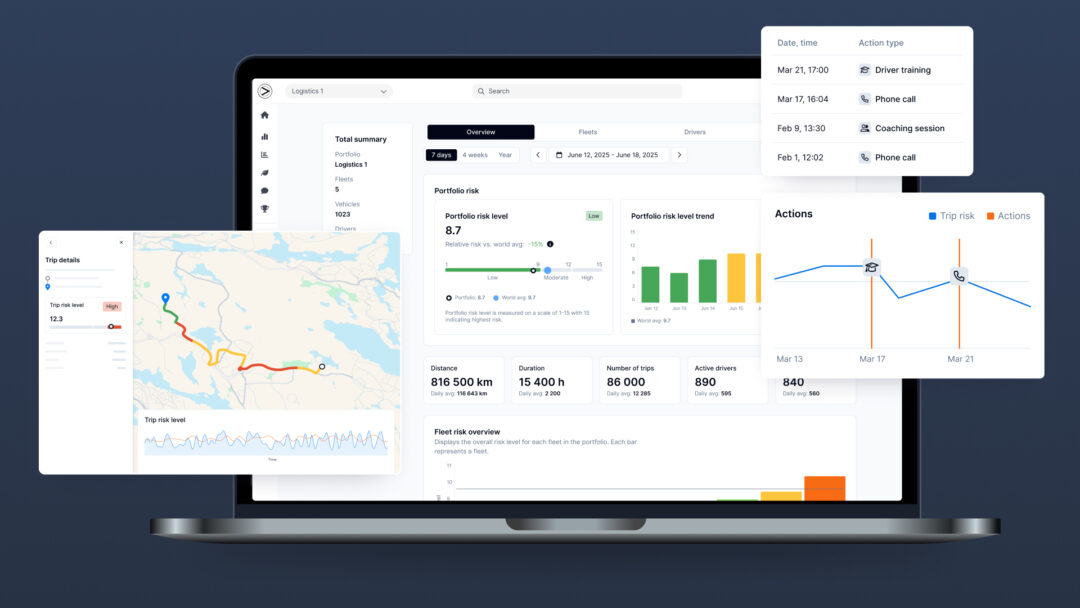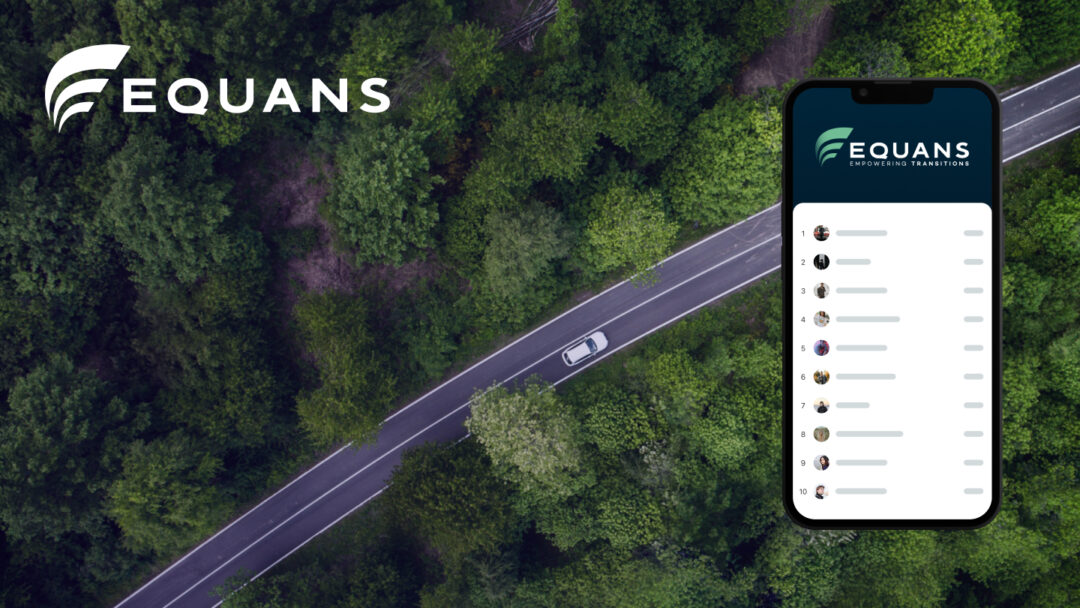Risk intelligence
Platform
Features
Technology
product

Crash Probability Hub
Transform the way you visualize, understand and reduce driver risk.
Our AI
Global benchmark for road safety
How our AI works

Comparing driving patterns to toy blocks
Read about the pattern profiling that makes our AI globally unique.
Our products are used for
By category
Customer Case

Equans achieves average 7% Co2 reduction with Greater Than’s technology
Greater Than
Investor relations
This is Greater Than

See the future with Greater Than
Learn more about what we do in this video.